Photos: Mummified Bird Wings Preserved in Amber
Stuck wing
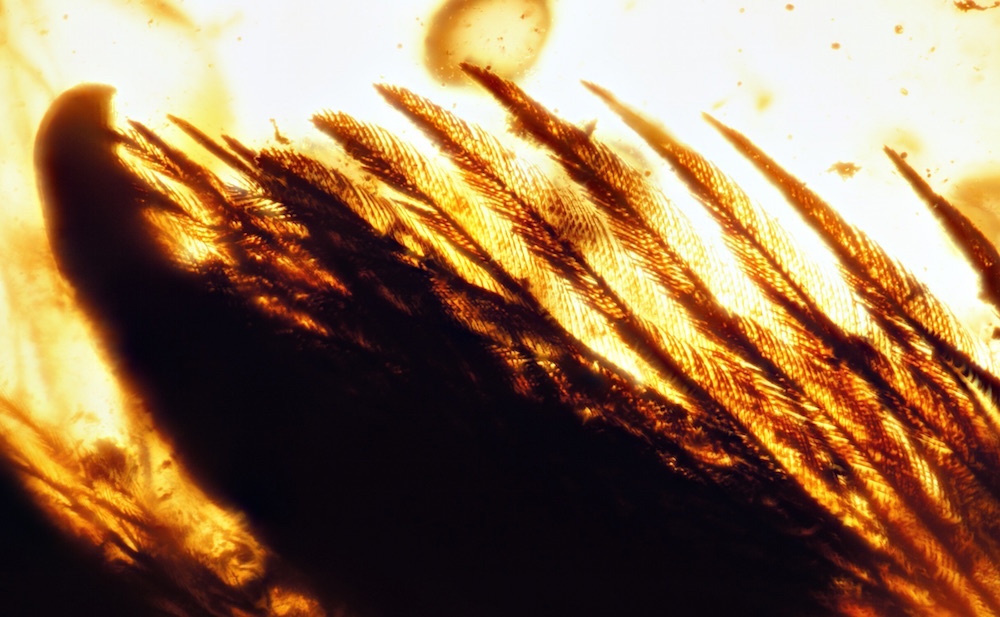
Sticky tree resin captured the wings of two birds 99 million years ago in what is now Myanmar. Most feather fossils are in 2D specimens captured in sedimentary rock, so these findings are extraordinary, showing scientists the structure and color of ancient features during the Cretaceous age. [Read the Full Story on the Mummified Bird Feathers]
Sticky trap
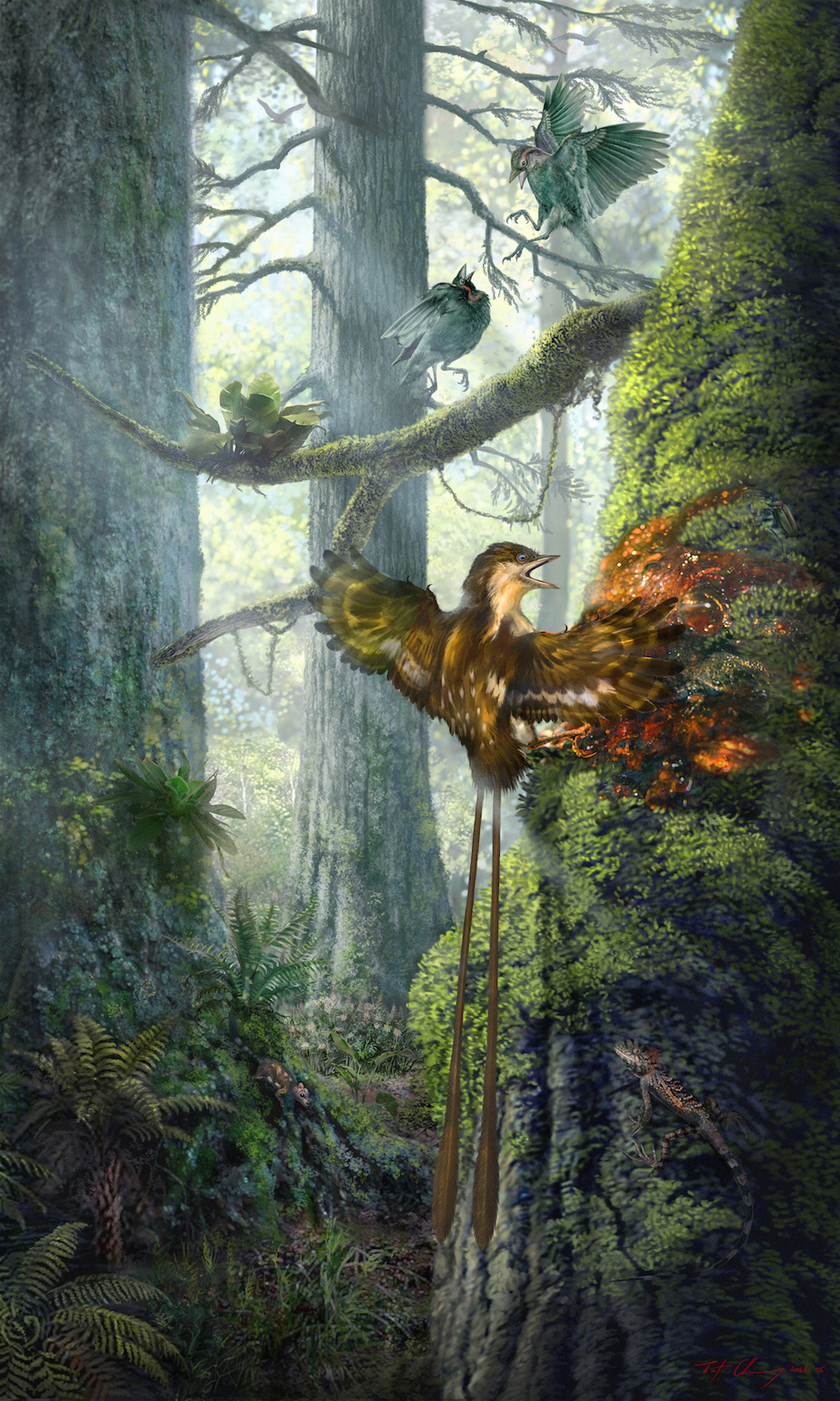
An ancient, hummingbird-size bird got its wing stuck in sticky tree resin and likely struggled for its life about 99 million years ago. Researchers nicknamed this specimen "Angel Wing."
Elephant transportation
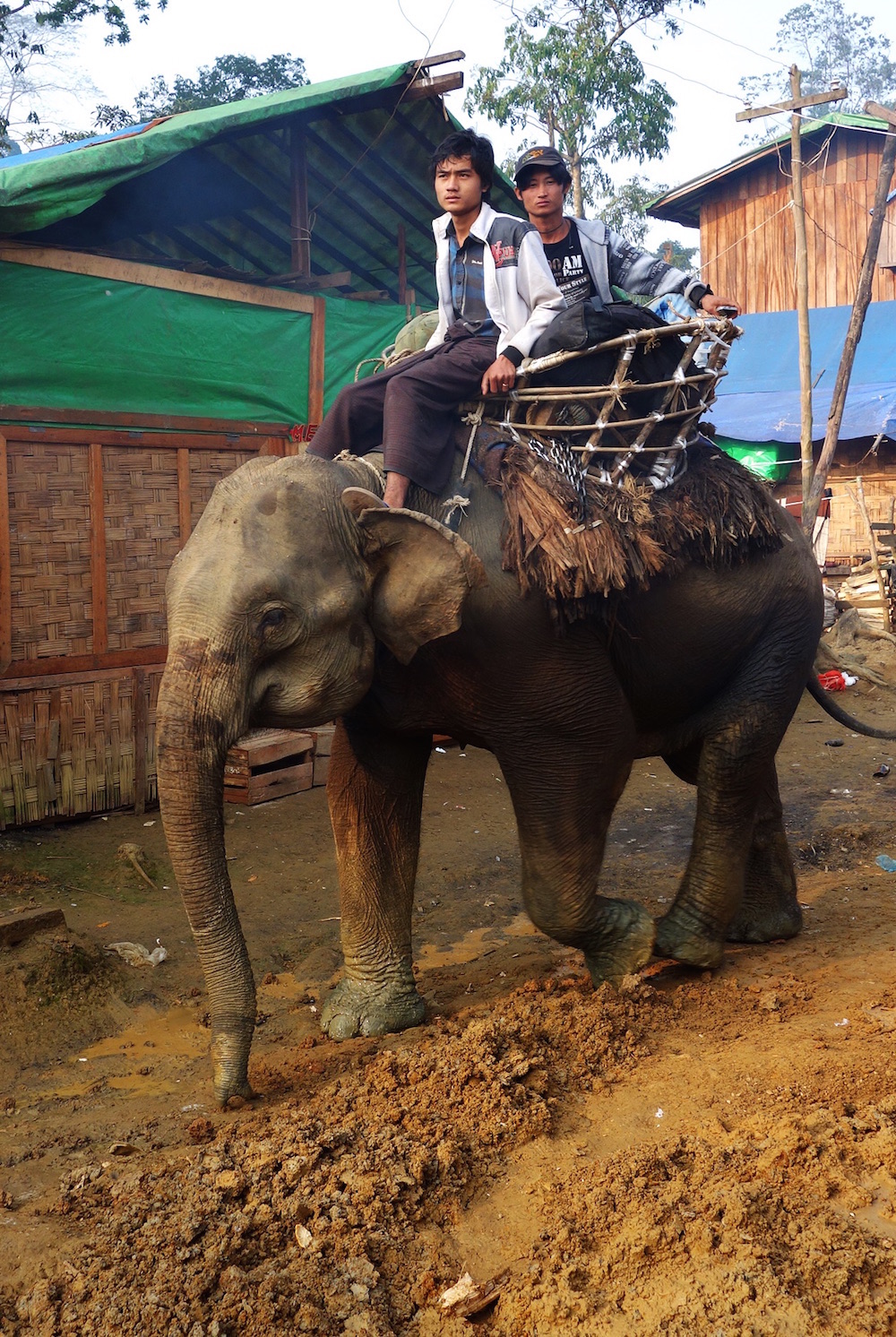
In Myanmar, some locals use elephants for transportation, including for moving amber.
Amber mine
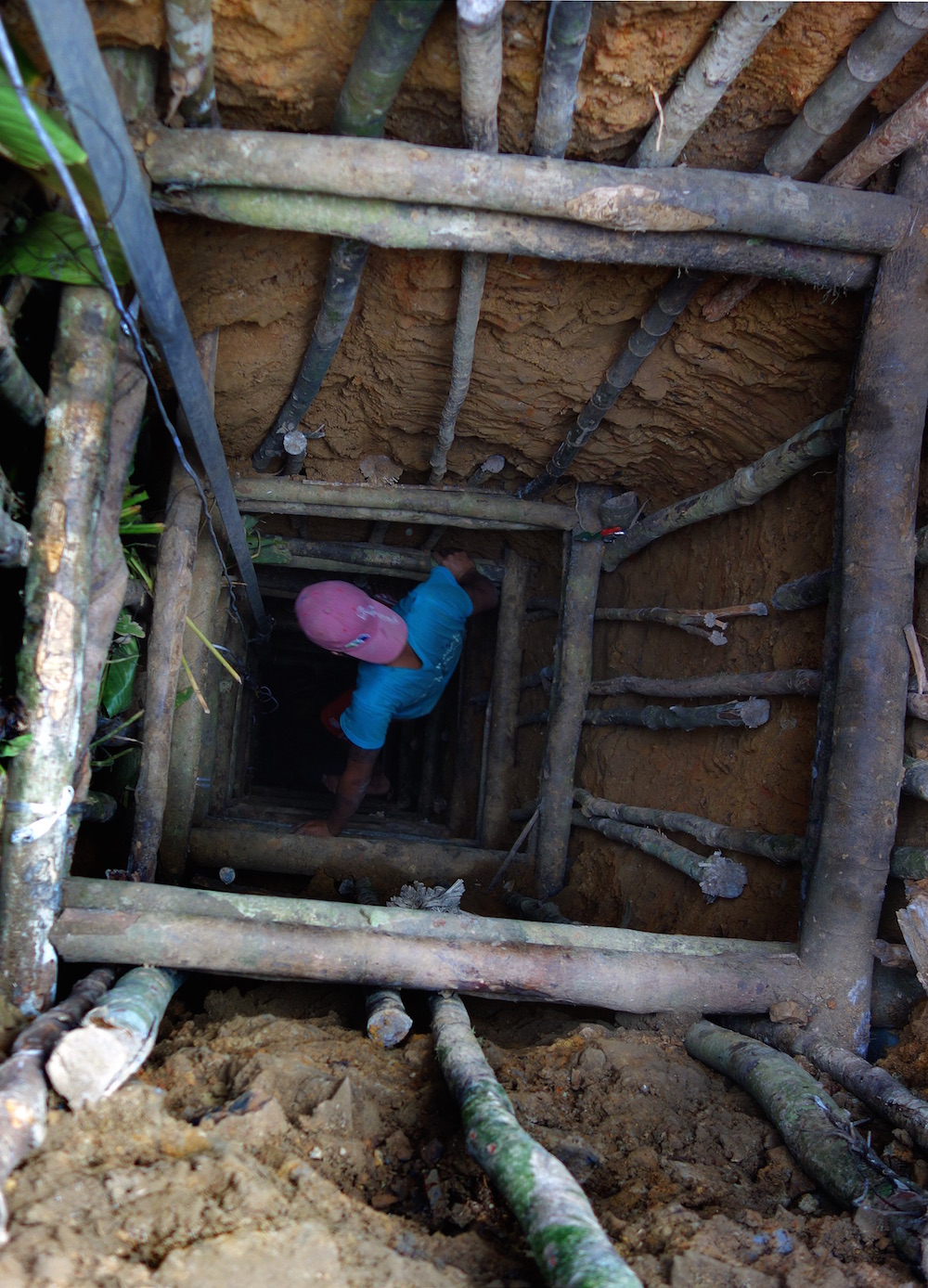
A young man goes into an amber mine in Myanmar.
Mummified wing
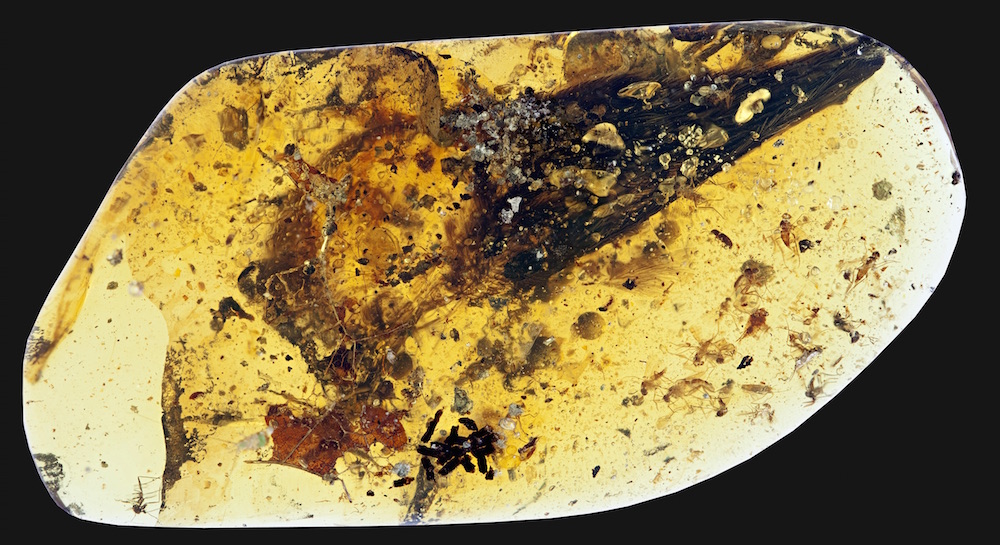
The other bird wing, nicknamed "Rose" by scientists, can be seen here encased in amber. It's possible that Rose was a severed limb that was torn off by a predator before that animal got stuck in amber. Or perhaps the wing floated free from the rest of the corpse due to resin flows, the researchers said. [Read the Full Story on the Mummified Bird Feathers]
CT scan
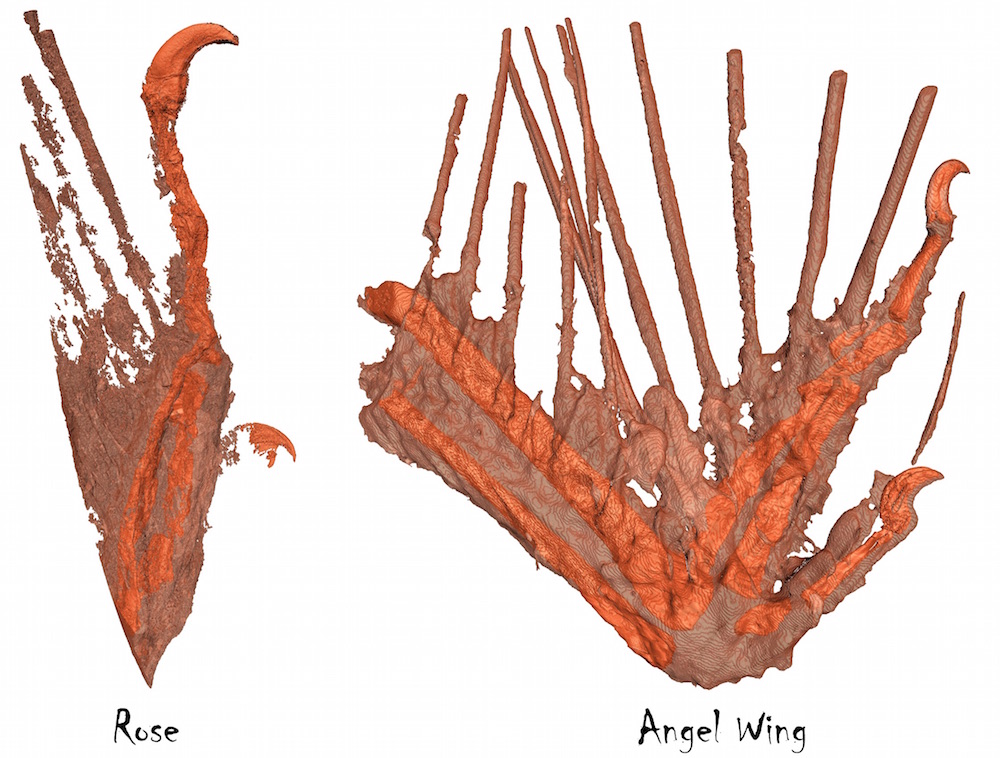
The researchers were able to merge data about the bone and soft tissue together in this digital reconstruction.
Magnified wing
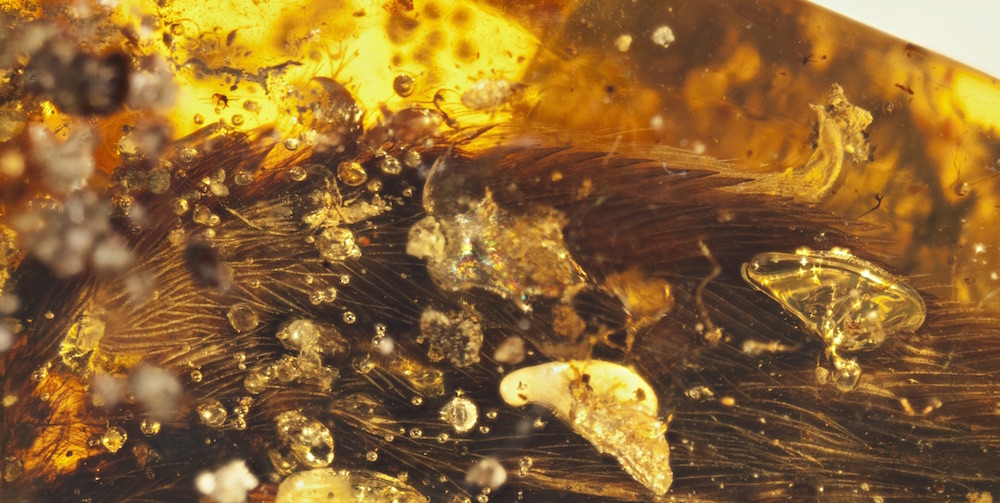
A close-up of Rose's wing shows the claw and a pale spot on the plumage.
Sign up for the Live Science daily newsletter now
Get the world’s most fascinating discoveries delivered straight to your inbox.
Ancient feather
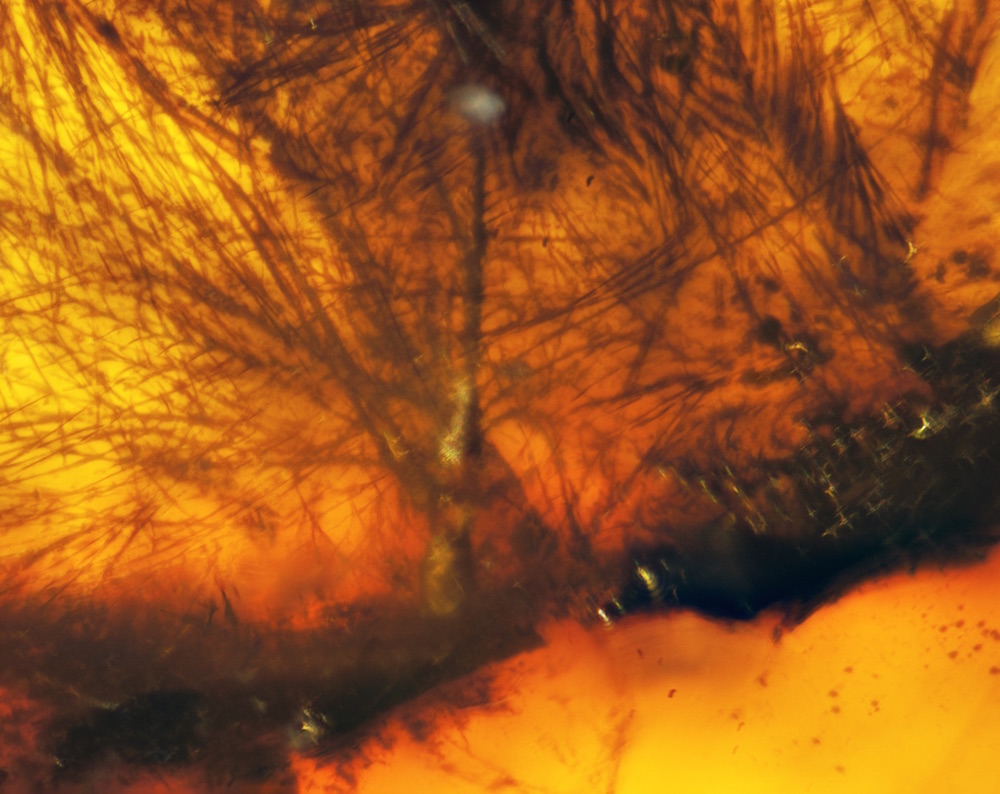
A magnified look at Rose's feathers shows where the feathers insert into the bird's skin.
Downy feathers
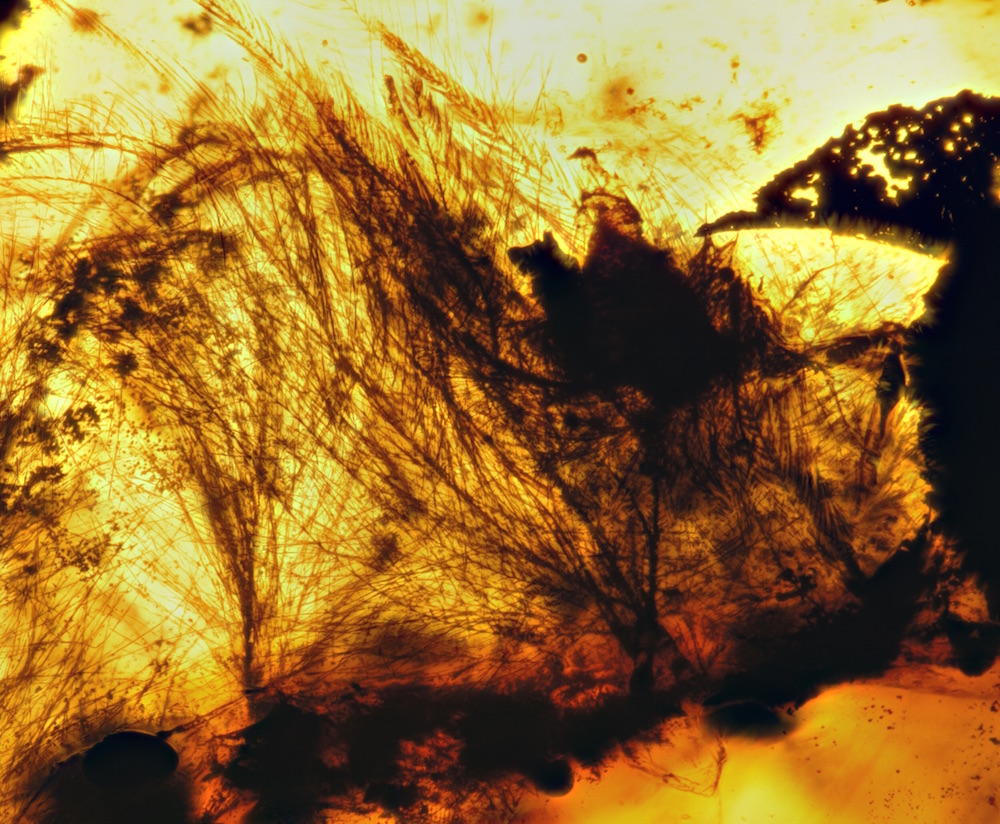
Rose's downy feathers are shown here inserting into the skin.
Wing feathers
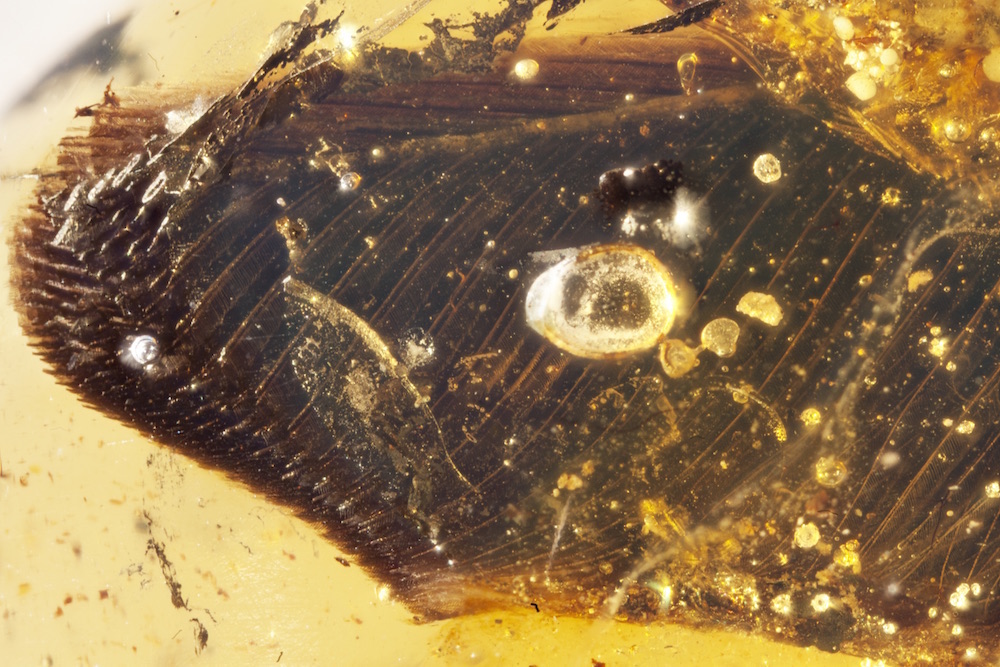
Rose's overlapping flight feathers are shown here. Amber polishing gave the researchers a clearer view of the specimen.[Read the Full Story on the Mummified Bird Feathers]
Two scientists
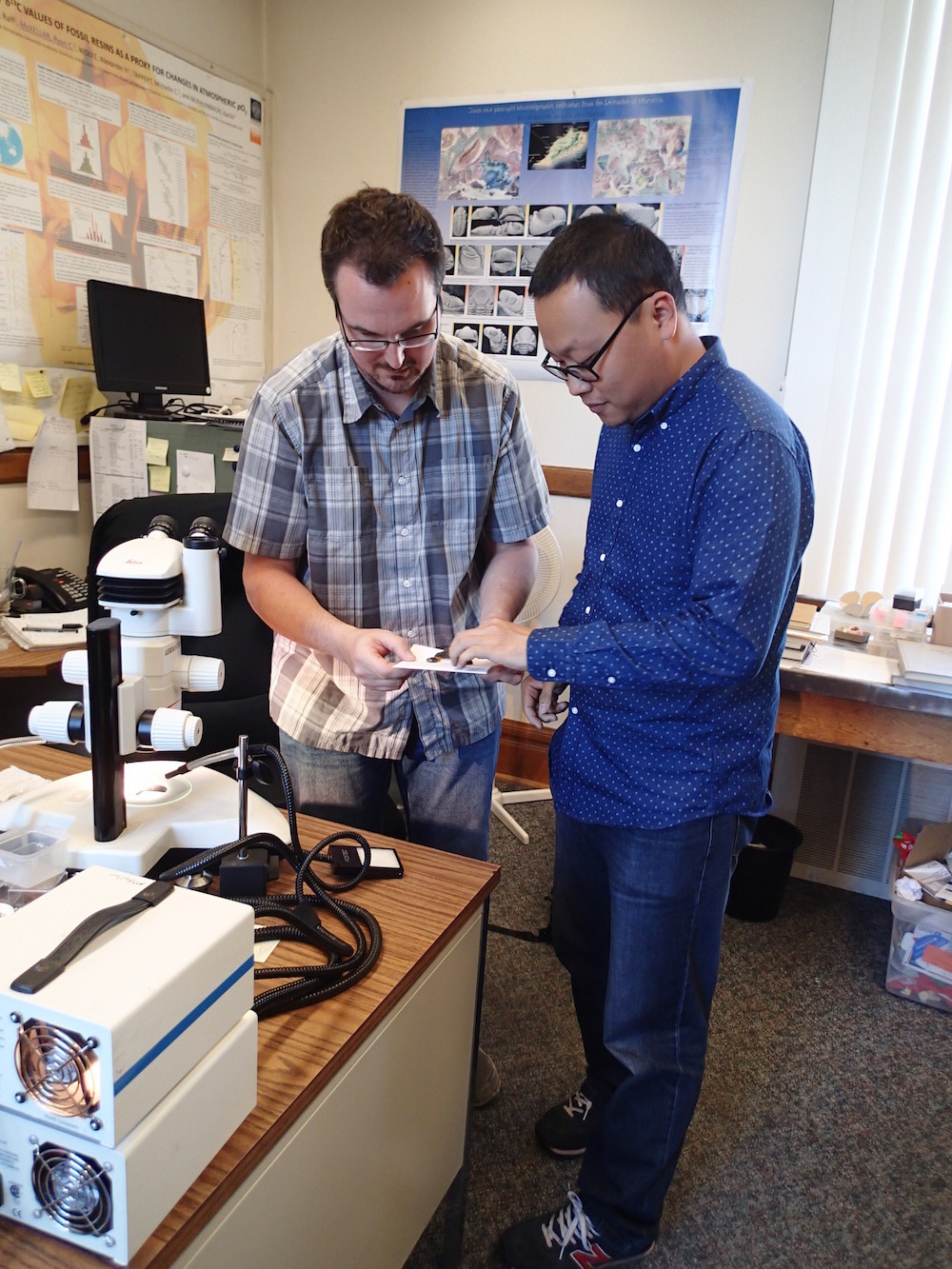
Study researchers Lida Xing (right) and Ryan McKellar (left) hold amber samples from Myanmar (also know as Burma) from the study.

Laura is the archaeology and Life's Little Mysteries editor at Live Science. She also reports on general science, including paleontology. Her work has appeared in The New York Times, Scholastic, Popular Science and Spectrum, a site on autism research. She has won multiple awards from the Society of Professional Journalists and the Washington Newspaper Publishers Association for her reporting at a weekly newspaper near Seattle. Laura holds a bachelor's degree in English literature and psychology from Washington University in St. Louis and a master's degree in science writing from NYU.










